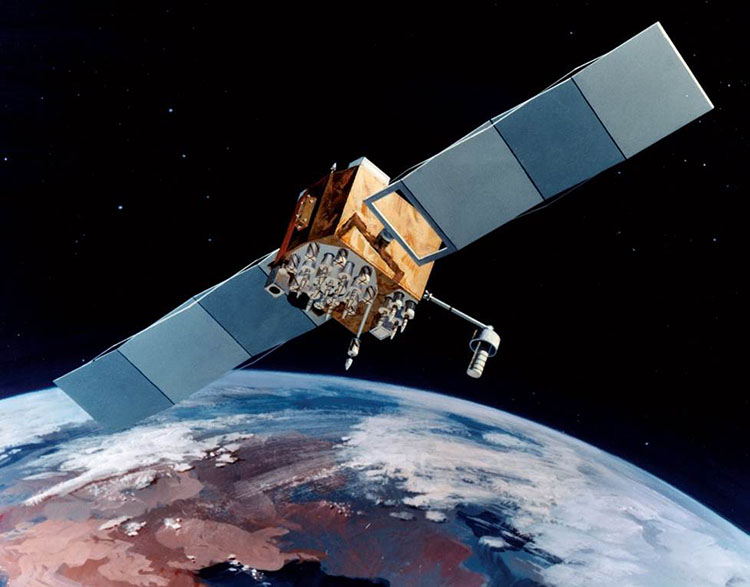The first Block IIF satellite was launched in the summer of 2010. As of 2014. There are 12 Block IIF satellites on orbit. Their design life is 12 to 15 years. Block IIF satellites have faster processors and more memory onboard. They broadcast all of the previously mentioned signals, and one more, a new carrier known as L5. This is the signal that was demonstrated on the Block IIR-M. It is available from all of the Block IIF satellites. The L5 signal is within the Aeronautical Radio Navigation Services (ARNS) frequency and can service aeronautical applications. The improved rubidium frequency standards on Block IIF satellites have a reduced white noise level. The Block IIF satellite's launch vehicles can place the satellites directly into their intended orbits, so they do not need the apogee kick motors their predecessors required. All of the Block IIF satellites will carry DASS repeaters. Their onboard navigation data units (NDU) support the creation of new navigation messages with improved broadcast ephemeris and clock corrections. The Block IIF can be reprogrammed on orbit.

Block III satellite
There are currently 3 Block IIIA satellites on orbit and operational. They broadcast all of the previously mentioned signals and one more, L1C.
